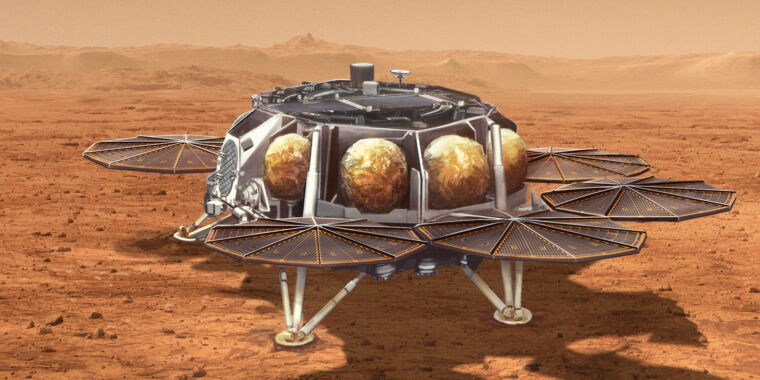- cross-posted to:
- space@lemmy.ml
- cross-posted to:
- space@lemmy.ml
One thing that is never mentioned when it comes to “price tag” articles for NASA projects, is how good of an investment it is. Most of NASA’s research projects (especially the ones of the JPL) are done in America by American workers and companies and, therefore, boost the economy. Investments like this also strengthen the scientific community which has a ripple effect on education and future innovations. It is also absolutely necessary if the US wants to continue being the leader in the aerospace industry.
Outsourcing r&d work to private companies means, that innovations will be kept proprietary and patented behind growing price tags that will always be just a little cheaper than doing it from scratch. It also means that shareholders of those contractors get significant margins that won’t be injected back into the system. In that sense, privatization doesn’t reduce the “price tag” on research projects, it just makes some of the costs less visible for shortsighted financial planners.
Ultimately, research will always be expensive and the real reason for the bad budget estimations is the political pressure that forces NASA to operate at such a low budget (compared to other industries with less or equal economical return). A pressure that is created by politicians who are funded by these private companies and not acting in the interest of the public.
I don’t think the point here is so much about whether NASA is a good investment or that an expensive mission is a waste of money, it’s more that, with a limited budget, going all-in on an expensive sample return mission would hamstring other programs.
As far as outsourcing goes, I think it’s better for NASA to outsource anything that would be “easy” or commercially viable on its own. A business that can make a widget for NASA, and turn around and sell similar ones commercially, should find cost reductions and reliability improvements with higher volumes. Seeding an industry where companies then fund their own R&D is effectively a multiplier of NASA’s efforts and budget.
I definitely agree that NASA’s budget being political is a big downside laced with inefficiencies and perverse incentives. In this case, though, the article specifically calls out early technical mistakes and JPL’s staffing/management issues as two drivers for the increases. Pork sucks, but I don’t think that’s the issue here.
Sigh. Yet another one-off mission with a price tag that will rival the total program cost of developing Starship.
I hope the lesson of James Webb Telescope will lead them to cancel the program and reboot it afresh rather than rewarding failure by dumping an endless stream of money into it.
It’s hard to commit to someone like Astrobotic or Intuitive Machines until they prove their Lunar landers, but I would be really interested to see what they would propose for something like this.
Or revive Red Dragon?




